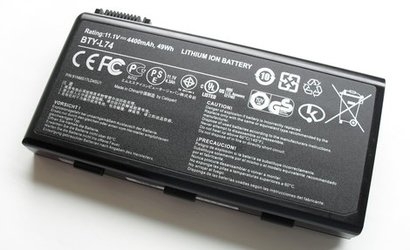
A new report from Guidehouse Insights provides specifics of lithium ion (Li-ion) system pricing for four markets with estimates provided for major global regions through 2030.
Since the onset of the COVID-19 pandemic, Li-ion battery production plans have accelerated. As of 2021, nearly 200 gigafactories are expected to be built around the world over the next decade. According to a new report from Guidehouse Insights, continued improvements in manufacturing and supply chain efficiencies coupled with incremental improvements in energy density will yield an additional 41 percent reduction in average Li-ion prices through 2030.
“Energy storage and its effect on the transportation and electricity sectors have grown in recent years as storage costs remain on a downward trajectory and new opportunities for storage emerge across a multitude of industry sectors and applications” said Ricardo Rodriguez, research analyst with Guidehouse Insights. “The availability of lower cost, higher performance Li-ion batteries for electric vehicles (EVs) is catalysing electrification of the transportation sector.”
Other advanced battery technologies and electromechanical energy storage system (ESS) technologies are gaining traction for grid storage due to their operating characteristics and better safety profiles. Li-ion batteries face little to no competition on the EV side, according to the report.
The report, Energy Storage Pricing Trends, provides system and component price estimates for four markets: residential energy storage, commercial and industrial (C&I) energy storage, utility-scale energy storage, and EV batteries (EVBs). This report focuses primarily on the specifics of pricing Li-ion systems for these four markets. Estimates are provided for major global regions and cover 2021-2030. An executive summary of the report is available for free download on the Guidehouse Insights website.
For additional information:
Report: Energy Storage Pricing Trends

